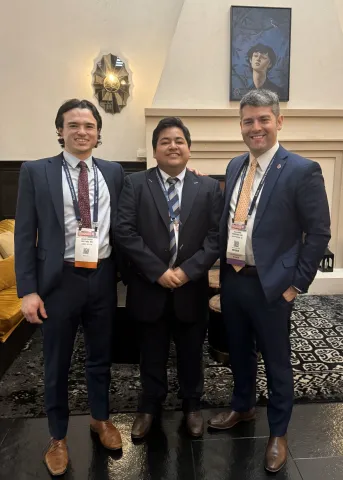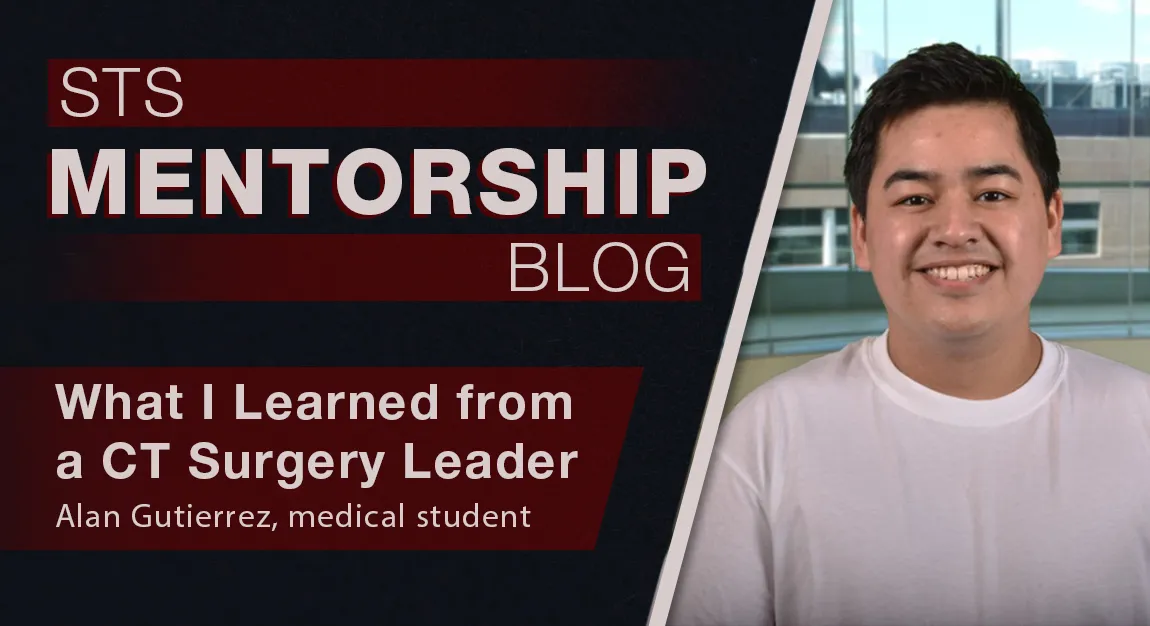- A strong mentor can challenge stereotypes and offer a clearer, more human view of what a career in cardiothoracic surgery truly looks like.
- Participating in surgeries, heart procurements, and real-world clinical settings brings medical education to life and deepens commitment to the field.
- Seeing a CT surgeon successfully navigate career, family life, and mentorship helped demystify the lifestyle and inspired confidence in pursuing the specialty.
In December, on the eve of our last winter break, medical students swarm the library like anxious ants, eager to hear advice from those who had survived the crucible of clerkships. Having nurtured an inclination for cardiothoracic surgery, I waited until the session was over to approach one of the panelists and get the insider information.
Do you know anyone who rotated through CT surgery? What was it like? Do you know the student who got the scalpel thrown at them by the one surgeon (an old, unconfirmed Yale Medical School legend)? Her answer depended on one question: “Are you absolutely sure you want to be a CT surgeon?” I hesitated, but she didn’t. “Then I would advise you not to rotate there.” No further explanations were given, nor were they needed. Whether true or not, CT surgery has a certain reputation.
I applied to the Looking to the Future (LTTF) Scholarship seeking to finally learn more about this world in a deliberate and structured setting. I was thrilled to be matched with Dr. Alejandro Bribriesco, a thoracic surgeon based in the Cleveland VA, as my mentor. From our initial conversation, I could tell how excited he was about mentoring.

He helped me get the most out of the STS Conference from that conversation, encouraging me to write out three realistic goals for the conference that he could assist me in completing. His attentiveness and generosity stood in stark contrast to the idea of a cardiothoracic surgeon I had long built in my head.
At the STS Conference, Dr. Bribriesco ensured that I connected with his entire network, better grasped the pathways available to become a CT surgeon, and geeked out over the current innovation in the field—and most of this happened at just one dinner. We were originally supposed to dine with Dr. Stephanie Cheng and a representative from Scanlan at Fleming’s Prime Steakhouse and discuss her pioneering a new surgical procedure—minimally invasive lung transplants. Unfortunately, she unexpectedly could not join us, but Dr. Bribriesco assembled a host of long-time colleagues.
The dinner was one of those wonderful evenings one could not plan even if they wanted to. We spoke for hours about the field, with Dr. Bribriesco’s colleague being one of the first generations to complete an I6 residency, and each dinner guest sharing their perspective on the pros and cons of their pathway to CT surgery. We spoke in great detail about Dr. Cheng’s minimally invasive surgery and how she used a modified tool designed by Scanlan based on a different instrument for breast reconstructions. Throughout the night, Dr. Bribriesco and company made me feel welcome and excited for a future as a CT surgeon.
When the meeting concluded, I understood the field more clearly and walked away with an entirely new perspective. CT surgery is just like any field in terms of the people who comprise it. There are your good apples, your bad apples, (and your rotten apples). I was thrilled to have found such a great mentor in Dr. Bribriesco, and we had only just begun. Throughout the meeting, he offered to host me in Cleveland so I could truly see his craft. I am not sure how many students he has made this offer to, but I was one of the few to take him up on it.
In April, I joined him at the Cleveland VA. The week-long visit was filled with experiences most medical students hope and pray for. Dr. Bribriesco allowed me to be involved with his surgeries, taking the time to explain the anatomy and the chosen sutures. He allowed me to see his patients. He introduced me to residents at the Cleveland Clinic.
Perhaps most thrillingly, he brought me with him to do heart procurements. We jetted off (in what felt like the smallest plane in the world) from Cleveland to Joplin to Indianapolis and then Pittsburgh to Chicago and back to Cleveland to harvest hearts for transplant. The ability to see this in person was quite sobering; the anatomy I studied in a cadaver came to life. And I, for perhaps the first time, truly considered what it meant to donate organs and be responsible for those organs.
Throughout that week, Dr. Bribriesco and I also had many conversations about life outside of the OR for a CT surgeon. He told me about his path as a young father in medical school and what it was like to raise a family during training. He and his family were kind enough to host me for the week, so I got a front row seat on how it is possible to have a successful career, be a great father and husband, and give back as a mentor. Many of my concerns about this lifestyle were assuaged by Dr. Bribriesco’s example.
I am deeply grateful to the LTTF Program for connecting me with Dr. Bribriesco—and to Dr. B for being an exceptional mentor who showed me that it is not only possible to thrive in CT surgery, but to do so with flair.
